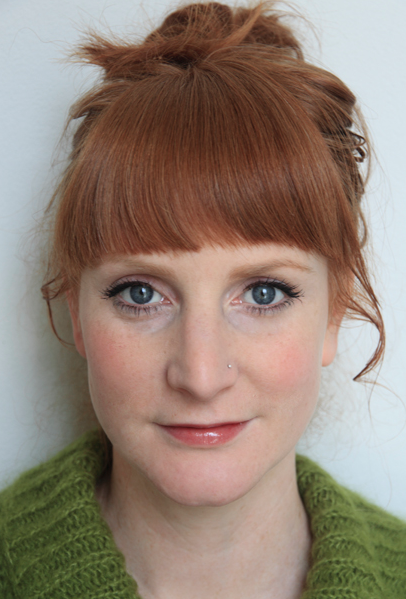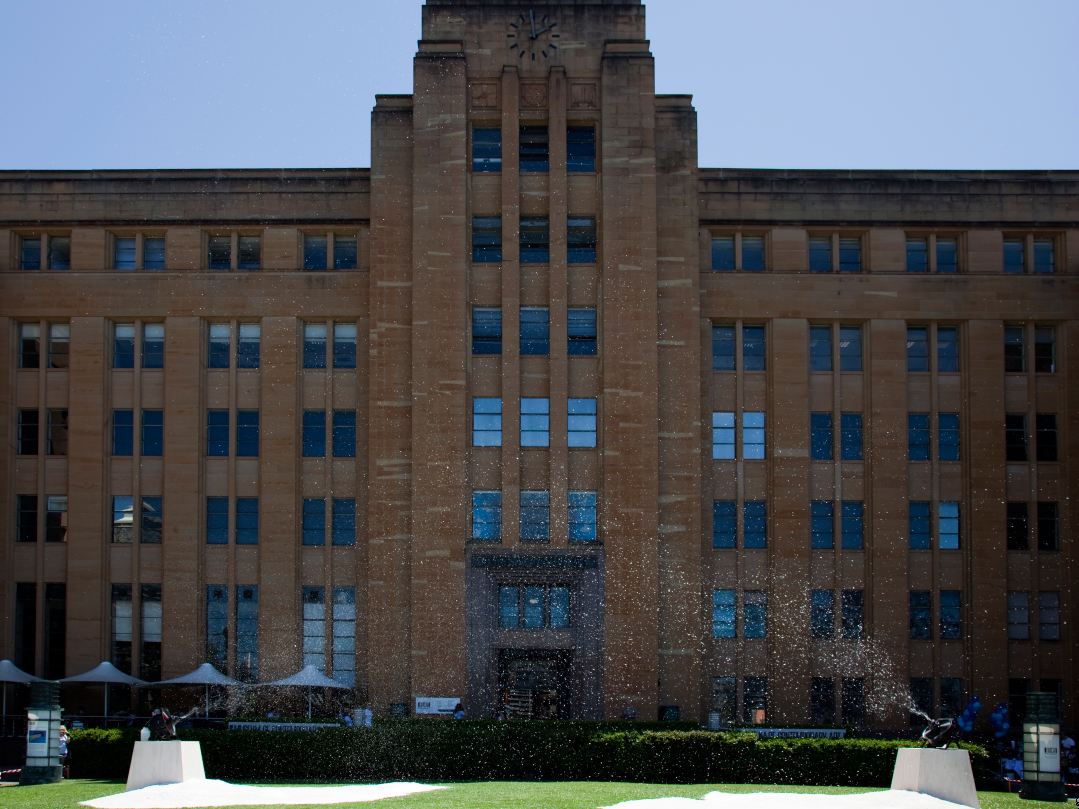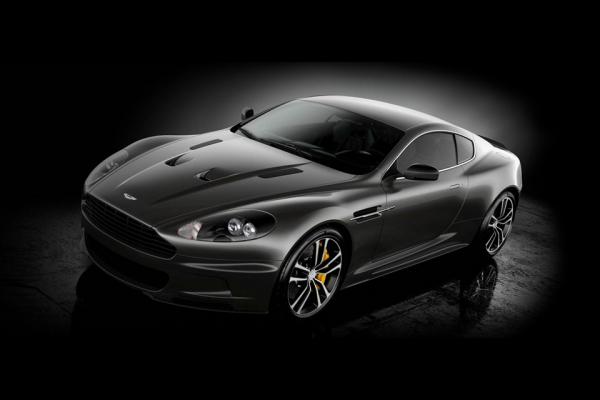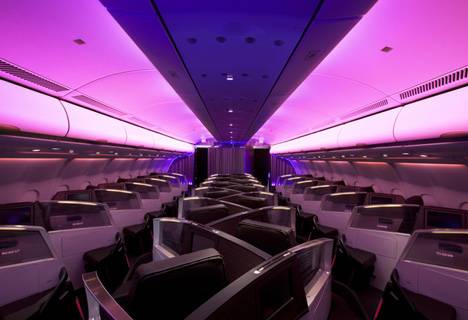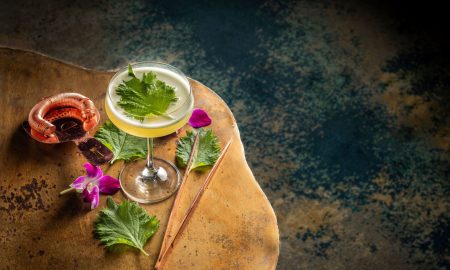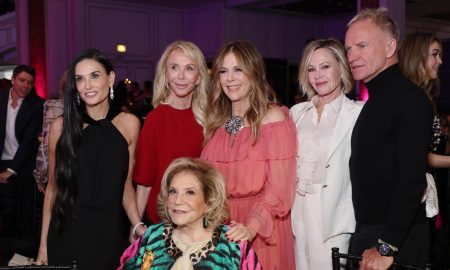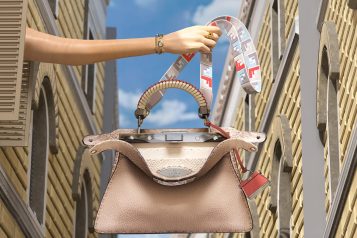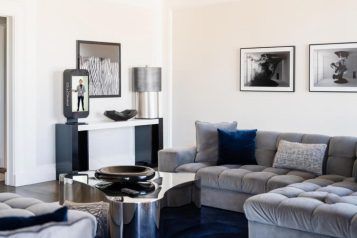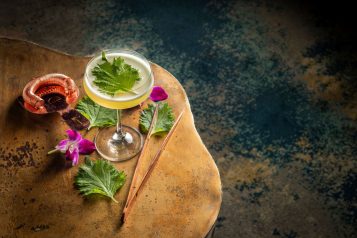1 – Dear Michaela, what made you decide to become an artist? Who are those who influenced you?
« The first job I remember wanting to have as a child was to draw pictures of animals, but growing up in remote and regional Australia being an artist wasn’t something I ever thought of as a possibility. I didn’t see any contemporary art until I was 18 and spent a gap year in Europe, and experiencing installation art for the first time was tremendously exciting. I remember a work at the Tate St Ives that included a sea of rotting carrots, and one in Paris which was a giant blanket cubby that had to crawled through on hands and knees. I was also lucky enough to stumble across the Venice Biennale when travelling through Italy and saw the work of Ann Veronica Janssens. She had filled the Belgian Pavilion with cloud, completely arresting the viewer’s experience of time and space. The use of the viewer as a physical agent in these and other works, and the dissolution of the traditional gap between audience and object dramatically changed my perception of what art was and the possibilities available to an artist. »
2 – Some of your works question the passage of time and our relationship with the nature. Environmental problems are important to you?
« I think time is the ultimate sculptural material, virtually impossible to manipulate in any real sense, so the suggestion I saw in Jansenns’ work that this might be possible through art was an important formative moment for me. Time is a crucial element in my works and generally I have very little desire to make things which will last, due mostly I think to the futility of attempting to do so in the face of infinite time and space. Creating things which unfold in real time, unmediated experiences of an actual event occurring before the viewer, has always been a key focus of my practice. I aim through my work to connect the viewer to things that are larger than themselves and I’m not interested particularly in making work about people, rather in exploring that which exists just beyond the realm of human perception as a means of questioning how it is that we see, interpret and engage with the world around us. On a personal level I have a deep love for the natural environment – the beauty inherent in nature far outstrips anything that can be created – but I see the role of the artist as one of asking questions, not dictating answers. I have no doubt that the planet and universe beyond will keep going about it’s business perfectly happily without humanity, and though it’s obviously in our best interests to take care of the living systems which sustain us I don’t necessarily want to make work directly about this. I seek to create a sense of larger perspective in my work, often borrowing elements from nature in order to open up a space within which questions or problems such as this can sit. »
3 – why did you choose to use snow instead of other elements?
« In making a work for outside the Museum of Contemporary Art Sydney I thought a lot about the physical context and the difficulties of working within such an iconic site. The MCA in Sydney is located in Circular Quay, between the Opera House and the Sydney Harbour Bridge, so one is inevitably drawn into the spectacle and mythology of this part of the city as a tourist site. My works often involve an oscillation between the micro and macro and I wanted this work to occupy the location in a sculptural sense as well as in a more parasitic manner, involving people with the work who might not necessarily be there to view the installation. I created a life-size ‘snow dome’ on the front lawn of the museum, with snow from the work drifting over the top of the museum, across the water to the ferry wharves, and up George Street into the city. The use of snow was essentially playful, drawing out a sense of child-like glee in the public, but also suggested obvious undertones. I doubt that it has snowed in this location since the last global ice age (the entire span of human population of the Americas) and my atmospheric anomaly was artificially created in full public view by an army of workers in white suits, building an illusion and then dismantling it again to leave no trace of the event’s existence. I wanted the work to be part theme-park spectacle, part scientific experiment and part environmental crime scene, suggestive of our at times problematic relationship with the natural world to which this phenomena belongs. »
4 – Do you feel belonging to the Land Art or any other environmental movement?
« I don’t think of myself as belonging to a movement as such but rather as following in a lineage of works which can include Land Art and the Light and Space movement. My sculptural sensitivity is driven by the desire to carve out perceptual space, linking back to painters such as Turner, but is very much contemporary in context, presenting the viewer as an integral element in the completion of the work. The history of Installation, Conceptual Art, Minimalism and Performance has been influential on my thinking, with more specific movements such as Russian Postmodernism and Relational Art also serving as reference points to my work, however, like most artists, I don’t find these labels or categorising tools terribly useful to my own thinking. Art is never still, society and our relationship to our environment is constantly shifting and demanding different responses, and it’s this restlessness of context which I continue to find tremendously exciting in approaching new work. »
5 – Tell us about your next exhibition!
« My next exhibition is a solo presentation at the 2012 Hong Kong Art Fair in May. The work is an ever changing light environment, created by a reversed billboard-like structure which sits with it’s back to the viewer in the space. Text made from hand-wired LED lights on the face of the work cycles slowly through the colours of the rainbow, filling the room with an intense saturation of colour. As one walks around to the other side of the text is revealed: ‘We Are Made of Stardust’. »
Like Haute Living New York? Join our Facebook page or follow us on Twitter @HauteLivingNY. Want Haute Living New York delivered to your inbox once a week? Sign up for our newsletter.
Born and raised in Paris, Delphine De Causans decided to move to NY after graduating from the Sorbonne where she got a master degree in social sciences and history of art mention contemporary art. Once in New York she went to the Christies School and she got a certificate degree. She used to work as an intern during all her studies for an auction house, several galleries and art dealers in both Paris and New York. She’s now working on her first book which is dedicated to contemporary art in general







